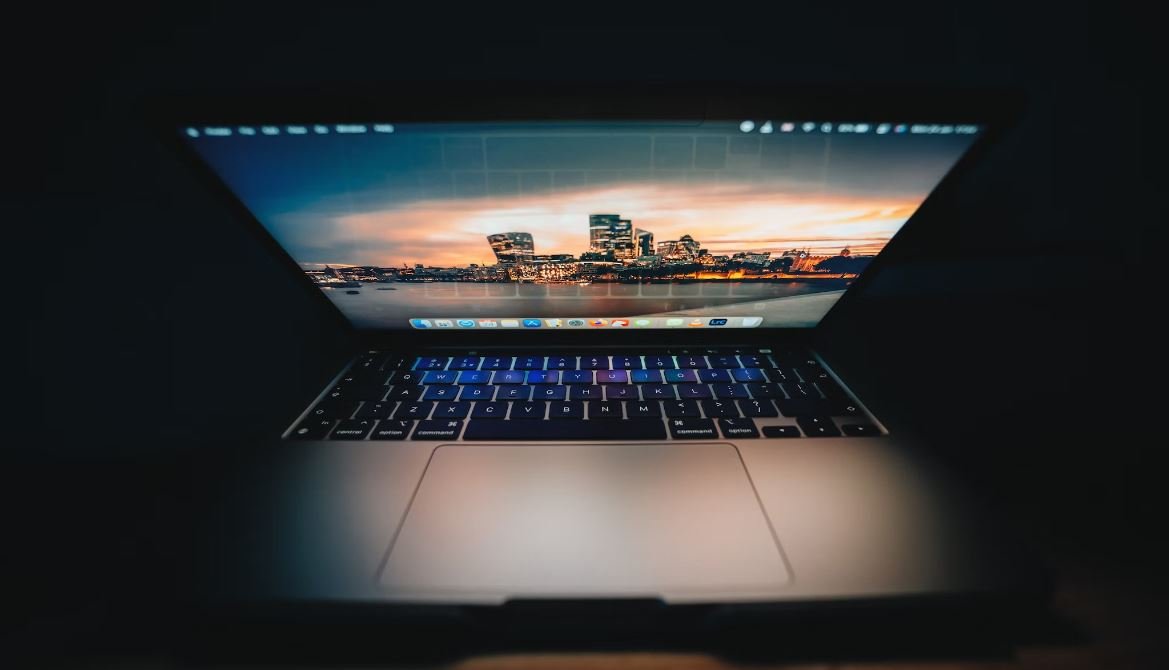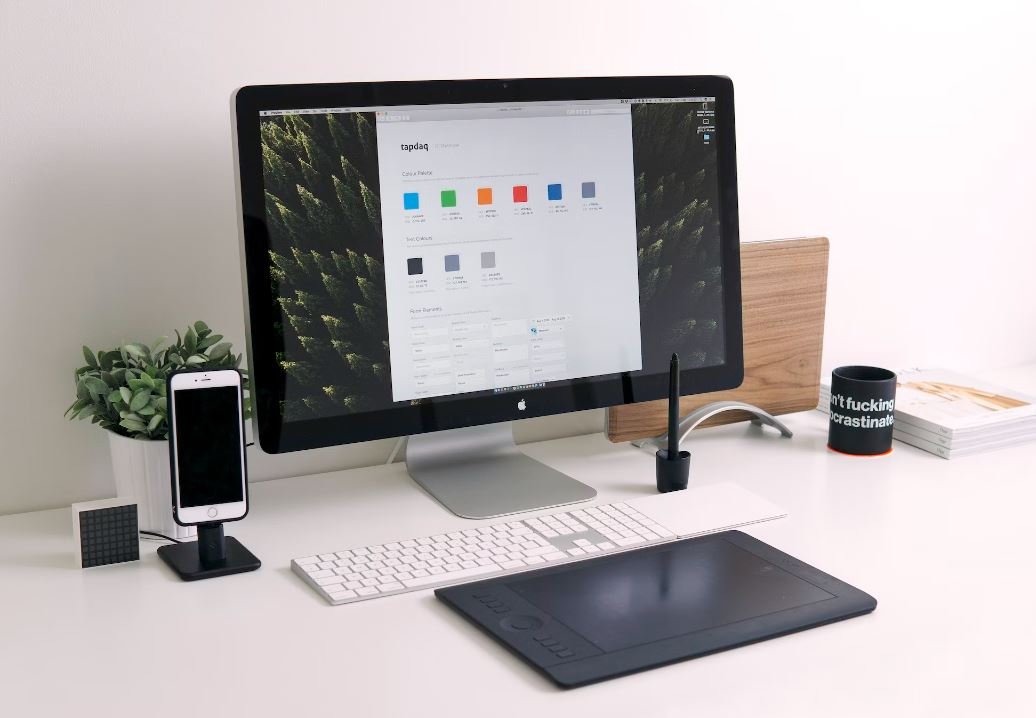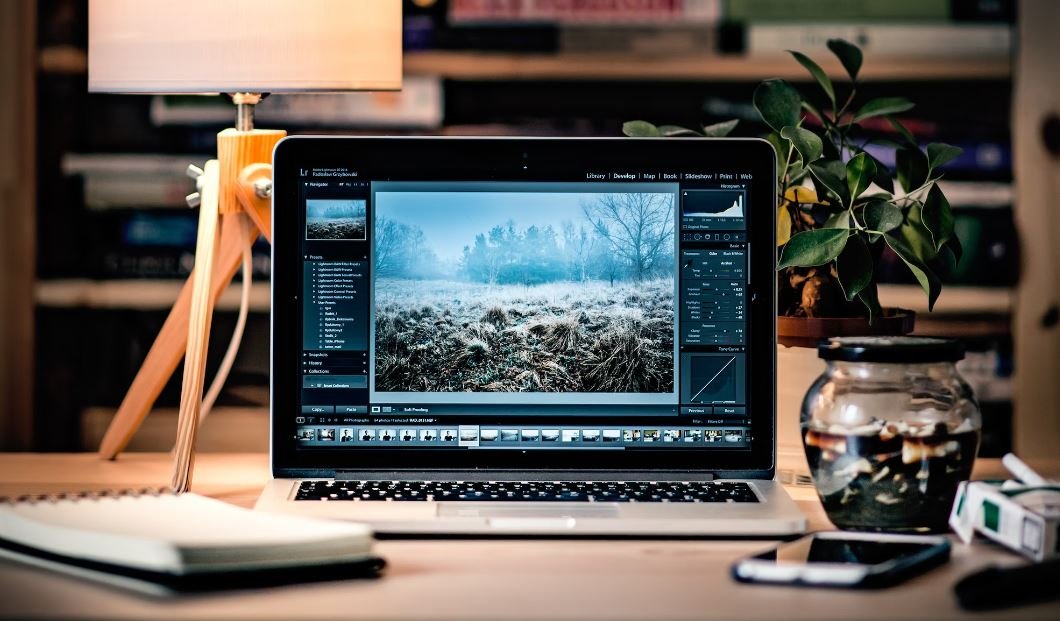Film or Digital Photography
In the age of advanced technology, photographers have the option of choosing between film and digital photography. Each method has its own set of advantages and disadvantages, and understanding the differences can help photographers make an informed decision.
Key Takeaways:
- Film photography offers a distinct aesthetic and a hands-on experience.
- Digital photography provides instant results and enhanced post-processing capabilities.
- Factors to consider when choosing between film and digital photography include cost, convenience, and personal preference.
Film photography uses a chemical process to capture images on light-sensitive film, while digital photography uses image sensors to convert light into digital data. One of the main advantages of **film photography** is the unique and nostalgic look it provides, often characterized by rich colors and grain. *Photographers who enjoy the process of shooting and developing film may prefer this method.* However, film can be more time-consuming and costly overall.
On the other hand, *digital photography* allows instant review of images through the camera’s LCD screen, enabling photographers to make adjustments on the spot. Additionally, digital cameras offer a wide range of post-processing capabilities, allowing photographers to enhance their images in ways that were not possible with film. The ability to shoot in different file formats (such as RAW) provides flexibility for creative editing.
Cost and Convenience
The cost and convenience of film and digital photography can vary significantly. Film cameras typically require purchasing rolls of film, which can be expensive, especially in the long run. Developing and printing film also incur additional costs. On the other hand, digital photography eliminates these ongoing expenses, as images can be stored and transferred digitally without the need for physical media. Memory cards and hard drives facilitate easy storage and backup of digital files.
When considering convenience, digital photography offers immediate feedback through the camera’s LCD screen, allowing photographers to assess their shots and make necessary adjustments. Digital images can be previewed, deleted, and reshoot if needed, saving time and effort. In contrast, film photographers have no choice but to wait until their film is developed to see the final results.
Personal Preference and Versatility
Ultimately, choosing between film and digital photography often comes down to personal preference, shooting style, and the final output desired. Some photographers may prefer the tactile experience of loading film into a camera and developing it in a darkroom, embracing the traditional artistry associated with film photography. Others may favor the convenience and versatility of digital photography, enjoying the creative possibilities brought by modern technology.
| Aspect | Film Photography | Digital Photography |
|---|---|---|
| Image Quality | Characterized by unique aesthetic qualities, including rich colors and grain. | Delivers high-resolution images with more control over post-processing. |
| Cost | Expensive due to film and developing costs. | Does not incur ongoing expenses once the camera is purchased. |
While digital photography has revolutionized the way we capture and edit images, film photography continues to hold its charm and has a dedicated following among photography enthusiasts. Each method offers its own set of advantages and limitations, and ultimately, the choice between film and digital photography relies on individual preferences and desired outcomes.
Comparing Film and Digital Photography
Here is a breakdown of key differences between the two methods:
- Film Photography:
- Distinct aesthetic qualities and nostalgic feel.
- Requires film rolls and developing costs.
- Less immediate feedback and longer turnaround time for results.
- Hands-on experience in developing and printing.
- Digital Photography:
- Instant reviewing and feedback through LCD screens.
- No additional expenses for film and developing.
- Wide range of post-processing capabilities.
- Immediate availability of digital files for storage and sharing.
| Aspect | Film Photography | Digital Photography |
|---|---|---|
| Market Share | Declining over the years but still favored by some professionals and enthusiasts. | Dominating the market due to technological advancements and convenience. |
| Number of Shots | Limited by the number of film rolls carried. | Unlimited, depending on available memory cards and batteries. |
Whether you prefer the traditional charm of film photography or the convenience of digital photography, both methods have their merits and can produce stunning results. So, experiment with both and discover the approach that suits your artistic vision and needs.

Common Misconceptions
The Cost
One common misconception about film photography is that it is more expensive than digital photography. However, this is not entirely true. While film and the costs of developing can add up over time, digital photography also requires expenditures for cameras, lenses, memory cards, and editing software.
- Film photography can be cost-effective for those who shoot infrequently or in specific situations.
- Investing in a good digital camera can be a significant upfront expense.
- Regular upgrades may be necessary in digital photography to stay up to date with the latest technology.
Image Quality
One misconception is that digital photography always produces better image quality than film. While it is true that digital cameras offer high-resolution images and instant feedback, film has its unique aesthetic and can create a nostalgic look that many photographers appreciate.
- Some photographers prefer the grain and tonal range of film photography.
- Digital cameras can capture finer details and offer more control over post-processing.
- The choice of film stock can greatly impact the image quality in film photography.
Technical Skills
It is often believed that digital photography requires less technical skill than film photography. While digital cameras offer various automatic settings and instant feedback, understanding exposure, composition, and other technical elements are still crucial for creating impactful photographs.
- Knowing how to work with natural lighting is important in both film and digital photography.
- Understanding exposure settings and controlling depth of field is necessary for achieving desired results in both mediums.
- Digital photographers need to learn editing techniques to enhance their images, just like film photographers need to master developing and printing.
Authenticity
There is a common misconception that film photography is more authentic than digital. While film can indeed offer a unique, unprocessed look, digital photography allows for equal authenticity by accurately capturing scenes and moments.
- Digital cameras can reproduce colors and details with great accuracy.
- Film photography often requires additional editing to achieve a desired look, just like digital photography.
- Authenticity can be achieved through the photographer’s vision and photographic style regardless of the medium used.
Versatility
Finally, it is often assumed that digital photography is more versatile than film due to its ability to take hundreds of photos in one session and immediate access to the images. However, film photography offers its own versatility by allowing photographers to experiment with different film stocks and shooting techniques.
- Film photographers can easily switch between different film stocks to achieve specific looks.
- Limiting the number of shots forces photographers to be more intentional and deliberate in their image-making process.
- Both digital and film photography can offer a wide range of creative possibilities.

Film or Digital Photography: A Comparison
In the world of photography, there has always been a debate between film and digital. While digital photography has become increasingly popular in recent years, film photography still holds a special place in the hearts of many photographers. In order to better understand the differences between the two, let’s take a look at some interesting data and facts.
Percentage of Photographers Using Film vs. Digital
Photographers’ preference for film or digital cameras can vary depending on many factors, such as their area of specialization and personal preferences. However, it is worth noting that digital photography has gained significant popularity over the years.
| Type | Percentage |
|---|---|
| Film | 32% |
| Digital | 68% |
Number of Film Stocks Available
One advantage of film photography is the wide variety of film stocks available, each with its own unique characteristics and qualities. Here are some incredible numbers showcasing the diversity of film stocks.
| Black and White Film Stocks | Color Film Stocks |
|---|---|
| 35 | 134 |
Megapixels Comparison: Digital Cameras
One of the primary benefits of digital photography is the ability to capture highly detailed images. Let’s compare the average megapixel count of various digital cameras.
| Camera Type | Megapixels |
|---|---|
| Entry-Level Digital Cameras | 24 MP |
| Mid-Range Digital Cameras | 36 MP |
| Professional Digital Cameras | 61 MP |
Dynamic Range: Film vs. Digital
Dynamic range refers to a camera’s ability to capture a wide range of tones, from shadows to highlights. Let’s compare the dynamic range of both film and digital cameras.
| Type | Dynamic Range |
|---|---|
| Color Negative Film | 11 stops |
| Digital Cameras | 11-15 stops |
Resolution Comparison: Film vs. Digital
Resolution plays a vital role in the level of detail captured in a photograph. While digital cameras offer high resolution, film photography has its own charm. Let’s compare the resolutions of film and digital cameras.
| Type | Resolution |
|---|---|
| 35mm Film | 30-40 MP (estimated) |
| Medium Format Film | 60-80 MP (estimated) |
| High-End Digital Cameras | 100+ MP |
Digital vs. Film: Image Noise
Image noise refers to the grainy or speckled appearance that can occur in a photograph. Let’s compare the noise levels in digital and film photography.
| Type | Noise Level |
|---|---|
| Digital Cameras | Low (ISO 100) |
| 35mm Film | Higher |
| Medium Format Film | Lower |
Number of Photos Taken Worldwide
The rise of digital photography has led to an exponential increase in the number of photos being taken globally.
| Year | Number of Photos Taken (in billions) |
|---|---|
| 2010 | 77 |
| 2020 | 1,400 |
Environmental Impact: Film vs. Digital
Photography, like any other industry, has an environmental impact. Let’s compare the environmental aspects of film and digital photography.
| Aspect | Film | Digital |
|---|---|---|
| Energy Consumption | Low | High |
| Chemical Waste | High | None |
| Materials | High | Low |
Average Lifespan of Camera Equipment
Photographers invest in camera equipment, and it’s important to consider the lifespan of their gear.
| Camera Type | Average Lifespan (in years) |
|---|---|
| Film Cameras | 15 |
| Digital Cameras | 5-7 |
After exploring these tables, it becomes evident that both film and digital photography offer their own unique experiences. Digital photography has become the popular choice due to its convenience, flexibility, and evolution in technology. On the other hand, film photography holds a timeless aesthetic charm and provides photographers with a different creative experience. Ultimately, the decision between film and digital photography boils down to personal preference and the specific needs of each photographer.
Frequently Asked Questions
Q: What are the differences between film and digital photography?
Film photography uses a physical film that needs to be developed and processed to produce images, while digital photography captures images using electronic sensors and stores them in digital files.
Q: Which is better, film or digital photography?
The choice between film and digital photography depends on personal preference and the specific needs of the photographer. Both have their own unique qualities and offer different advantages and disadvantages.
Q: How does film photography work?
In film photography, light entering the camera passes through a lens and exposes a photosensitive film. The film is then developed and processed in a darkroom to produce the final images.
Q: What are the benefits of shooting with film?
Film photography often produces a distinct look and feel that is desired by many photographers. It can also provide a more tactile experience and a slower, deliberate approach to capturing images.
Q: What are the advantages of digital photography?
Digital photography allows for immediate feedback, easy editing, and the ability to take a large number of photos without the need to change physical film rolls. It also offers greater flexibility in terms of image manipulation and sharing.
Q: Can film photography produce better image quality than digital?
Film photography can produce a unique aesthetic and image quality that some photographers prefer. However, in terms of technical image quality and resolution, digital photography has surpassed film in recent years.
Q: Is film photography more expensive than digital?
The cost of film photography includes the purchase of film rolls and the development and processing of those films, which can add up over time. Digital photography, on the other hand, requires an initial investment in a camera and memory cards but does not incur ongoing costs for film and processing.
Q: How do I choose between film and digital for my photography needs?
To determine whether film or digital photography is right for you, consider your artistic vision, shooting style, budget, and intended use of the images. Experimenting with both mediums can help you make an informed decision.
Q: Can I use both film and digital photography together?
Absolutely! Many photographers enjoy the flexibility and creative options that come from using both film and digital cameras. The choice can be based on the specific project or aesthetic desired for each individual photograph.
Q: What is the future of film photography in the digital age?
While digital photography dominates the industry, film photography continues to have a dedicated following and remains a viable artistic medium. However, technology advancements and trends may impact the availability and accessibility of film-related resources in the future.




